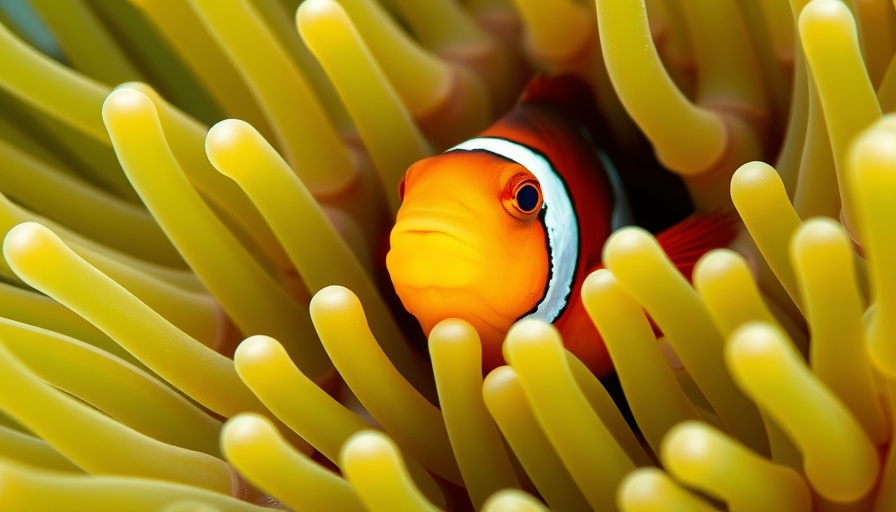
Understanding the Hidden Costs of Marine Aquarium Fish Trade
The enchantment of marine aquariums often overshadows the complex realities behind the global fish trade. New research reveals that a staggering 90% of the marine fish sold online in the U.S. are wild-caught, raising serious concerns about sustainability and the well-being of marine ecosystems. The aquarium trade isn't just a hobby; it ties back to nature and the delicate balance of the ocean’s biodiversity.
The Scale of Wild Harvesting
Every year, around 55 million marine organisms are sold, making the aquarium industry a $2.15 billion venture. Interestingly, the U.S. alone accounts for two-thirds of this trade. The aquatic treasures found within our homes often come at a price, putting immense pressure on marine populations sourced from the western Pacific and Indian Oceans. As adults in the high desert, our fascination with these vibrant fish can lead to unintentional support for practices that endanger their survival.
Traceability: A Call for Transparency
Despite the allure of colorful fish, the routes they take to our homes often remain shrouded in mystery. According to Dr. Bing Lin, a marine ecologist, the supply chain from reef to retail is “opaque and murky.” Many species advertised for sale are not just ordinary fish; they include those threatened or declining, such as the Banggai cardinalfish and clarion angelfish. Without significant improvements in traceability and transparency, consumers remain oblivious to the origin of their aquatic pets.
Why Local Communities Matter
While many marine fish are caught in the wild, it’s crucial to support local communities that rely on responsible harvesting. Properly managed wild fisheries can provide economic opportunities for these communities without sacrificing biodiversity. It reflects a framework to blend sustainable practices with the local flavor of marine biodiversity.
The Role of Eco-Certification Schemes
Implementing credible eco-certification schemes holds the potential to change how we approach the aquarium trade. These certifications would allow consumers to track the source of their fish, ensuring that they are purchased from sustainable practices. “The more information we have, the more we can make informed decisions,” Wong articulates, underscoring the critical importance of consumer awareness in adopting responsible fish-keeping practices.
How You Can Make a Difference
The appeal of marine aquariums doesn't have to come at the expense of our oceans. By choosing to purchase only from certified sources, advocating for transparent supply chains, and promoting community awareness, we can all contribute to a more sustainable future for marine life. It’s a small but significant step every aquarium enthusiast can take towards ensuring the vibrant fish we adore continue to thrive in their natural habitats.
Conservation is Key!
The time is ripe for us to take a proactive stance in the marine aquarium trade. By aligning our purchasing power with sustainable practices, we not only safeguard wildlife but also ensure the future enjoyment of these beautiful creatures. Let's be advocates for change, supporting local welfare and preserving our underwater ecosystems for generations to come.
 Add Row
Add Row  Add
Add 




Write A Comment